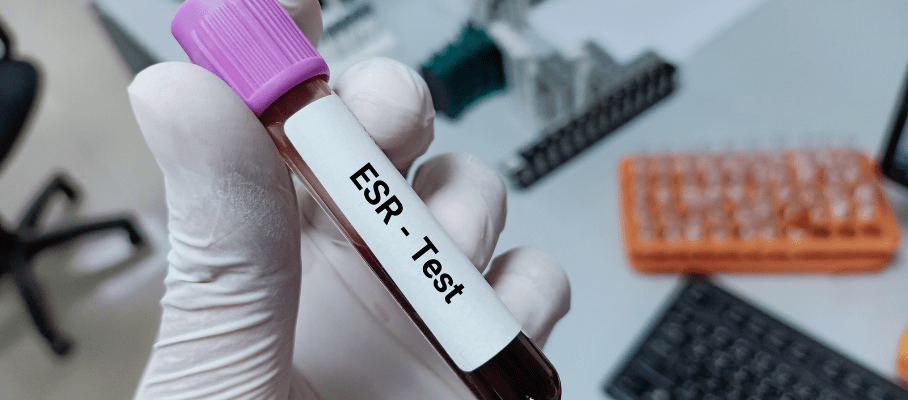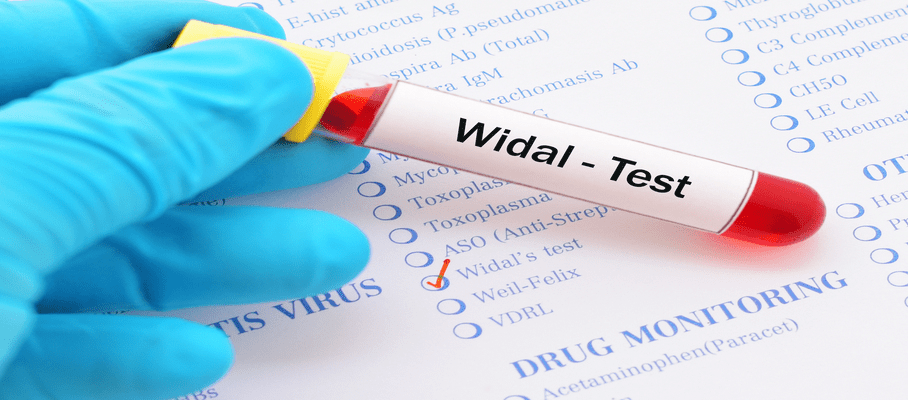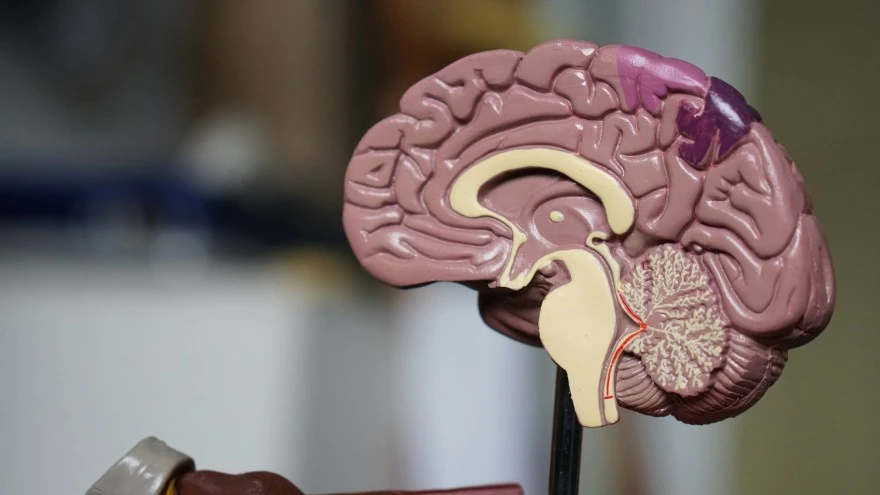Lifestyle
The Science and Signs of Vitamin B6 Deficiency

Table of Contents
- What is Vitamin B6 Deficiency?
- Signs & Symptoms of Vitamin B6 Deficiency
- Causes of Vitamin B6 Deficiency
- Effects of Long-term Vitamin B6 Deficiency
- How is Pyridoxine Deficiency Diagnosed?
- What Should You Eat to Overcome Vitamin B6 Deficiency?
- How Long Does It Take to Overcome Vitamin B6 Deficiency?
- Conclusion
A deficiency in vitamin B6 can have a range of health implications, leading to various symptoms and complications. However, there are also more specific symptoms for each type of vitamin B6 deficiency. This article delves into the causes, symptoms, diagnosis, and vitamin B6 deficiency treatment, providing a comprehensive understanding of this essential nutrient and its significance for overall health.
What is Vitamin B6 Deficiency?
Vitamin B6, also known as pyridoxine, is a vital water-soluble nutrient that plays a crucial role in various bodily functions. It is involved in the metabolism of amino acids, the synthesis of neurotransmitters, and the production of red blood cells.
Vitamin B6 deficiency, also known as pyridoxine deficiency, is a condition that occurs when the body does not have enough vitamin B6. Vitamin B6 is a water-soluble vitamin, meaning it is not stored in the body and must be obtained from the diet.
Signs & Symptoms of Vitamin B6 Deficiency
Here are some standard and less common symptoms associated with vitamin B6 deficiency, including neurological, dermatological, and gastrointestinal symptoms.
Common vitamin b6 deficiency symptoms include:
- Neurological Symptoms
Vitamin B6 deficiency often first presents with neurological symptoms. Peripheral neuropathy is a common consequence, resulting in tingling or numbness in the extremities, particularly the hands and feet.
- Depression: A lack of vitamin B6 can affect neurotransmitter synthesis, potentially leading to symptoms of depression, mood swings, and irritability.
- Dermatological Symptoms
- Seborrheic Dermatitis: This skin condition can cause red, itchy, and scaly rashes on the face, ears, and other body areas.
- Cheilosis: Cracks and sores may develop at the corners of the mouth, a condition known as cheilosis.
- Gastrointestinal Symptoms
- Glossitis: Inflammation of the tongue, known as glossitis, can result from a deficiency in vitamin B6. This can lead to a sore, red, and swollen tongue.
- Stomatitis: Inflammation of the mouth and ulcers in the oral mucosa, referred to as stomatitis, can cause pain and discomfort when eating or speaking.
- Hematological Symptoms
- Anaemia: Vitamin B6 is necessary for producing haemoglobin, the protein that carries oxygen in red blood cells. A deficiency can lead to a type of anaemia known as sideroblastic anaemia, characterized by fatigue and weakness.
- Cognitive and Behavioral Symptoms
- Confusion and Cognitive Impairment: Vitamin B6 synthesizes neurotransmitters, which play a critical role in cognitive function. Deficiency can result in disorder and cognitive impairment.
- Irritability and Anxiety: Mood changes, irritability, and anxiety may be observed in individuals with a vitamin B6 deficiency.
- Weak Immune System: A lack of vitamin B6 can weaken the immune system, making individuals more susceptible to infections and illnesses.
- Cardiovascular Symptoms: Elevated levels of homocysteine in the blood may occur with a deficiency of vitamin B6. These elevated homocysteine levels are associated with an increased risk of cardiovascular disease.
- Seizures: In severe cases of deficiency, seizures may occur, particularly in infants with inborn errors of metabolism affecting vitamin B6 utilization.
Signs of Vitamin B6 deficiency include
- Skin problems : A scaly rash around the mouth, nose, and eyes is a common sign of vitamin B6 deficiency. Other skin problems that may occur include cracks in the corners of the mouth (cheilosis), inflammation of the lips (cheilitis), and a red, greasy rash on the scalp, face, neck, and upper chest.
- Inflammation of the tongue : A swollen, sore, and red tongue, a condition called glossitis, is a common sign of vitamin B6 deficiency.
- Mouth Ulcers: Inflammation of the mouth and the development of ulcers in the oral mucosa, known as stomatitis, can cause discomfort and pain when eating or speaking.
Causes of Vitamin B6 Deficiency
Some of the most common Vitamin B6 deficiency causes include:
- People with a minimal diet or who avoid certain foods, such as meat, poultry, fish, and whole grains, may be at risk for vitamin B6 deficiency.
- Certain medical conditions, such as kidney disease, celiac disease, and inflammatory bowel disease, can interfere with the absorption of vitamin B6.
- Alcohol can interfere with the absorption of vitamin B6 and increase the body's need for vitamin B6.
- Pregnant and lactating women need more vitamin B6 than non-pregnant women. This is because vitamin B6 is essential for the development of the fetus and the production of breast milk.
Other less common vitamin B6 deficiency causes include
- Genetic disorders: Some rare genetic diseases can affect how the body absorbs or uses vitamin B6.
- Tumours: Certain tumours can produce enzymes that break down vitamin B6.
- Hemodialysis: Hemodialysis is a medical procedure that removes waste products from the blood when the kidneys malfunction. Hemodialysis can also remove vitamin B6 from the blood.
Effects of Long-term Vitamin B6 Deficiency
Long-term vitamin B6 deficiency can have several serious health consequences. For instance:
- Long-term vitamin B6 deficiency can weaken the immune system and make people more susceptible to infection.
- Vitamin B6 is essential for brain health. This vitamin B6 deficiency can lead to cognitive impairment, such as problems with memory, attention, and learning.
- Increased risk of heart disease and stroke due to high levels of homocysteine in the blood, caused by vitamin B6 deficiency. This is because vitamin B6 is involved in the metabolism of homocysteine, an amino acid that can damage blood vessels.
How is Pyridoxine Deficiency Diagnosed?
Pyridoxine deficiency is diagnosed based on a person's medical history, physical examination, and blood tests. The doctor will ask about the person's diet, medications, and medical conditions. They can also perform a physical examination to look for signs of vitamin B6 deficiency, such as a scaly rash around the mouth, nose, and eyes, numbness and tingling in the hands and feet, and muscle weakness.
Moreover, the doctor may order blood tests to measure vitamin B6 levels. If the blood tests show that the person has low levels of vitamin B6, the doctor will likely diagnose pyridoxine deficiency. Sometimes, the doctor may order other tests as well to determine the underlying pyridoxine deficiency causes. For example, the doctor may order tests to check for kidney disease, celiac disease, or inflammatory bowel disease.
Here are some of the blood tests that may be ordered for pyridoxine deficiency diagnosis:
- Plasma pyridoxal 5'-phosphate (PLP) level: PLP is the active form of vitamin B6. A low PLP level is the most sensitive indicator of vitamin B6 deficiency.
- Erythrocyte pyridoxal 5'-phosphate (E-PLP) level: E-PLP measures vitamin B6 levels in red blood cells. A low E-PLP level is a good indicator of long-term vitamin B6 deficiency.
- Plasma Homocysteine Level: Homocysteine is an amino acid that can damage blood vessels. High levels of homocysteine are associated with vitamin B6 deficiency.
What Should You Eat to Overcome Vitamin B6 Deficiency?
To overcome vitamin B6 deficiency, you should eat a balanced diet that includes a variety of foods rich in vitamin B6. These include:
- Bananas, avocados, potatoes, leafy green vegetables, and citrus fruits
- Whole grains, such as brown rice, quinoa, and oats
- Lean protein sources, such as chicken, fish, beans, and lentils
- Almonds, walnuts, and sunflower seeds are all excellent sources of vitamin B6.
- Dairy products, such as milk, yoghurt, and cheese, are also good sources of vitamin B6.
How Long Does It Take to Overcome Vitamin B6 Deficiency?
It is important to note that overcoming vitamin B6 deficiency diseases can take time. Therefore, it is essential to be patient and consistent with your vitamin B6 deficiency treatment plan.
In most cases, vitamin B6 deficiency can be overcome within a few weeks to a few months. However, people with severe vitamin B6 deficiency or an underlying medical condition may need to take a vitamin B6 supplement for a more extended period. Here are some ways to overcome vitamin B6 deficiency:
- Eat a balanced diet that includes a variety of vitamin b6 foods.
- Take a vitamin B6 supplement if recommended by your doctor.
- Avoid alcohol and tobacco.
- Get regular exercise.
- Manage any underlying medical conditions contributing to your vitamin B6 deficiency.
Conclusion
If you are experiencing any signs and symptoms of vitamin B6 deficiency, it is vital to see a doctor to get a diagnosis and treatment. Vitamin B6 deficiency treatment includes a dose of vitamin B6 supplement. However, in some cases, the underlying cause of the deficiency will also need to be treated. So, get yourself tested for deficiency with an at-home collection service by Metropolis and get an accurate health status today!










































